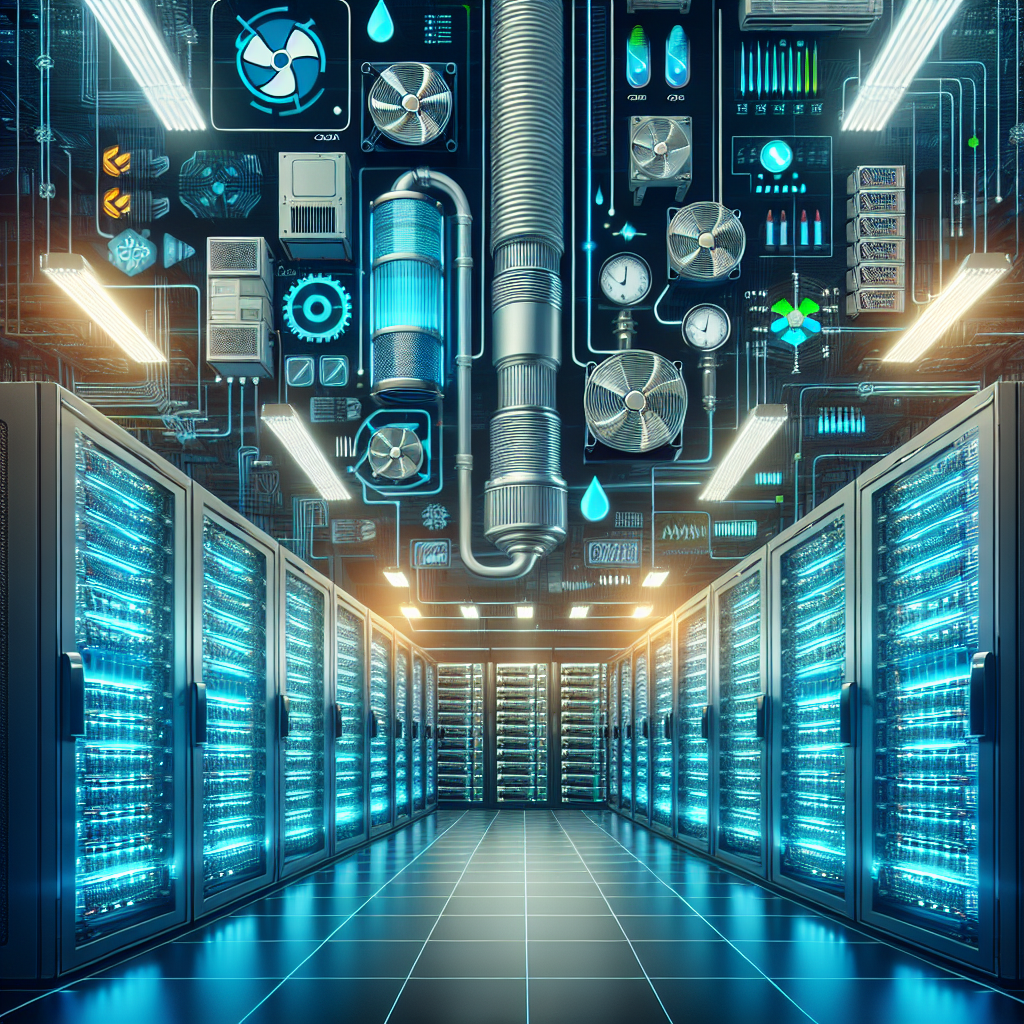Your cart is currently empty!
Key Trends in Data Center Cooling: What You Need to Know

Data centers are the backbone of modern businesses, housing the vital infrastructure that enables organizations to store, process, and manage their data. With the increasing demand for data storage and processing power, data centers are becoming larger and more complex, resulting in higher energy consumption and heat generation. Efficient cooling systems are essential to ensure the smooth operation of data centers and prevent equipment failures due to overheating.
As technology continues to evolve, data center cooling strategies are also evolving to keep pace with the increasing demands of modern IT infrastructure. Here are some key trends in data center cooling that you need to know:
1. Increased focus on energy efficiency: Energy consumption is a major concern for data center operators, as cooling systems can account for a significant portion of the total energy usage. As a result, there is a growing emphasis on improving the energy efficiency of cooling systems through the use of innovative technologies such as liquid cooling, free cooling, and variable-speed fans. These technologies can help reduce energy consumption and operational costs while maintaining optimal operating temperatures.
2. Adoption of liquid cooling: Liquid cooling is becoming increasingly popular in data centers as a more efficient alternative to traditional air cooling systems. Liquid cooling systems can remove heat more effectively than air-based systems, allowing for higher density server configurations and more efficient cooling of high-performance computing equipment. Liquid cooling can also help reduce noise levels and improve the overall reliability of data center cooling systems.
3. Use of free cooling: Free cooling, also known as air-side economization, is a cost-effective cooling strategy that leverages the natural cooling properties of outside air to reduce the need for mechanical cooling systems. By incorporating free cooling into data center design, organizations can significantly reduce energy consumption and lower operating costs. Free cooling is particularly effective in regions with moderate climates, where ambient temperatures are conducive to cooling data center equipment without the need for additional energy-intensive cooling systems.
4. Integration of artificial intelligence: Artificial intelligence (AI) is playing an increasingly important role in data center cooling, enabling operators to optimize cooling system performance and energy efficiency. AI-powered algorithms can analyze data center temperature and humidity levels in real-time, predict cooling system failures, and automatically adjust cooling settings to maintain optimal operating conditions. By leveraging AI technology, data center operators can improve cooling system reliability, reduce downtime, and lower energy costs.
5. Modular and scalable cooling solutions: Modular cooling solutions are gaining popularity in data center design, allowing organizations to easily scale cooling capacity as their data center needs grow. Modular cooling systems can be quickly deployed and integrated into existing data center infrastructure, providing flexibility and scalability to meet changing cooling requirements. By adopting modular cooling solutions, organizations can optimize cooling efficiency, reduce capital expenditures, and improve overall data center performance.
In conclusion, data center cooling is a critical aspect of data center design and operation, and staying abreast of key trends in cooling technology is essential for ensuring the efficient and reliable operation of modern data centers. By embracing energy-efficient cooling solutions, adopting innovative technologies, and leveraging AI-powered tools, organizations can optimize cooling system performance, reduce energy consumption, and enhance the overall reliability of their data center infrastructure.

Leave a Reply